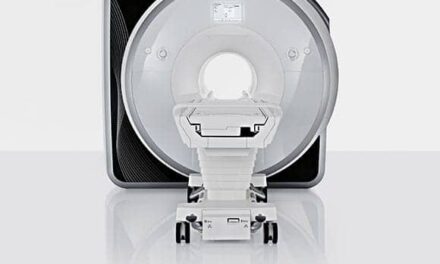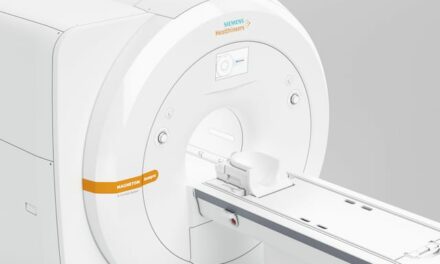According to a new Research and Markets report, the global nuclear imaging sector is slated to grow at a compound annual growth rate of 6.01% from 2017 to 2021. The latest trend gaining momentum in the market? The development of PET/MRI hybrid imaging systems.
What’s noteworthy about PET/MR systems is that they combine anatomical imaging and functional imaging data, bringing MRI’s excellent soft-tissue characterization and imaging without ionizing radiation. Further, research studies show that PET/MR systems provide more quantitative data on the density and profusion of tumors.
According to the report, one of the major drivers for the global nuclear imaging market is the increasing prevalence of chronic diseases. After all, the rise in prevalence of chronic disorders increases the demand for diagnostic procedures, which require medical imaging equipment, such as nuclear imaging, for effective and accurate diagnosis. Chronic diseases and conditions such as stroke, cancers, arthritis, thyroid, orthopedic, and many other neuro degenerative disorders are easily diagnosed with the help of nuclear imaging.
Further, the Research and Markets report states that one of the major factors hindering the growth of the market is nuclear imaging’s exposure to ionizing radiation. Although nuclear imaging systems are popular in the effective diagnosis of chronic conditions and becoming a vital component of clinical diagnosis, they have certain limitations and safety issues.
From a vendor perspective, GE Healthcare, Philips, and Siemens Healthcare account for the key players in the nuclear imaging market, according to the Research and Markets report.





